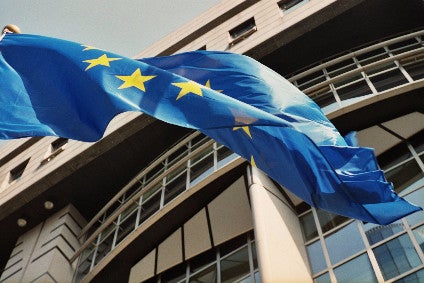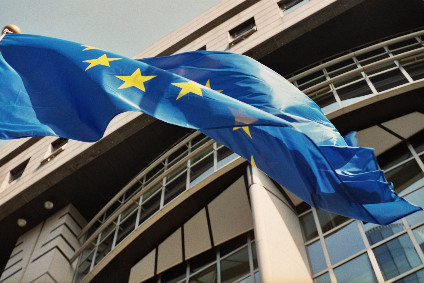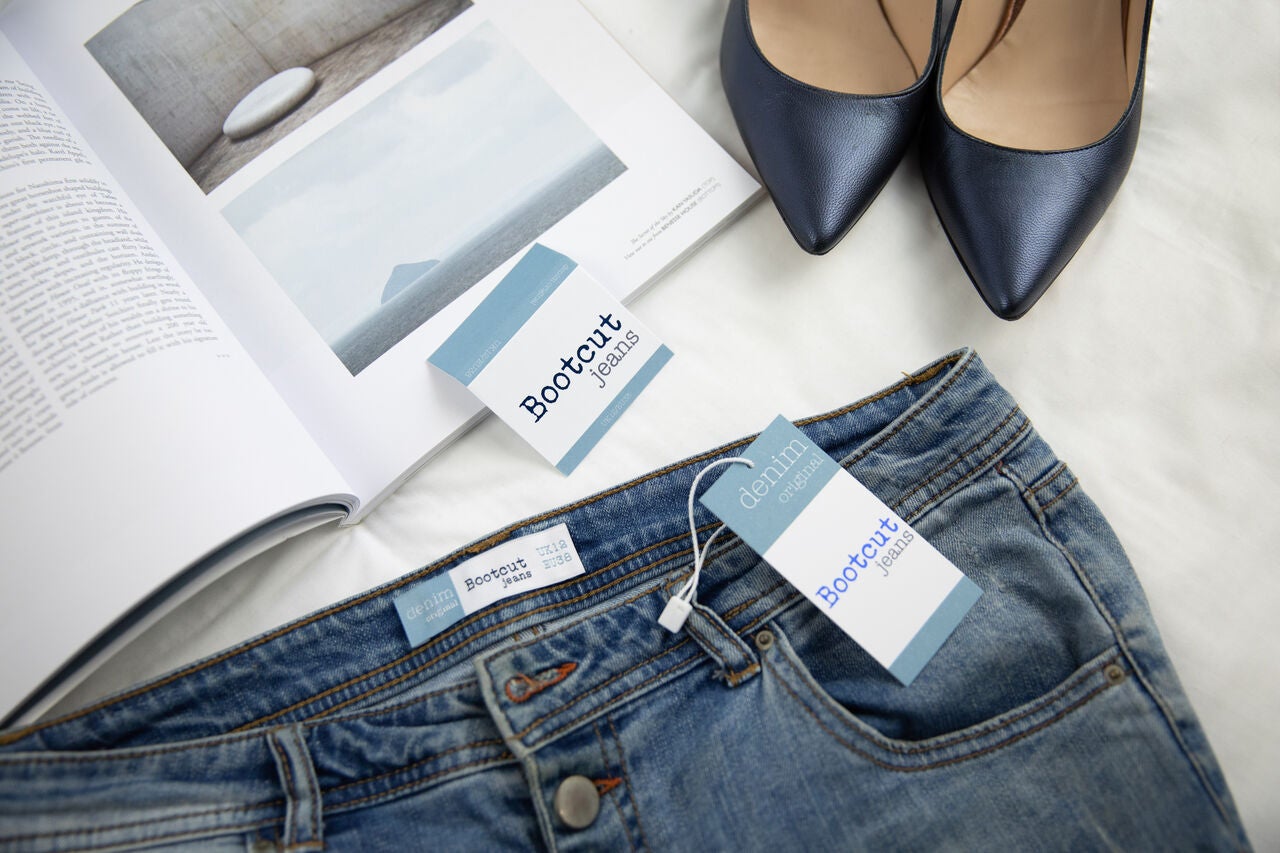[ad_1]

Dirk Vantyghem, director-general of the European Apparel and Textile Confederation (Euratex), speaking to Just Style says he hopes it will enable the industry to fulfil the goals of the EU Strategy for Sustainable and Circular Textiles, announced in March.
“This policy is pushing the market towards more sustainable products and the industry towards a more circular business model,” Vantyghem said, following the organisation’s 17 June ‘Building a Resilient European Textile Ecosystem’ general assembly.
As the textile transition fund is being developed, it should be charged with supporting the industry to meet these goals: with “ambitious targets to finance digitalisation, reskilling and upskilling of workers, and innovation towards sustainable products and materials,” he argued.
Notably, this initiative should be a “dedicated programme” instead of being integrated in existing EU research and development schemes – where success rates can be low. In the EU Horizon Europe programmes, application success rates can be as low as 3%, he claimed.
“Finally, we also need to work with the brands and the consumers; they need to be on board and accept to buy sustainable textile products,” which requires stronger communication and more transparency, Vantyghem said.
“Whether this will happen or not, depends on a number of actors. First and foremost, the legislative train that has been launched to – essentially – make sustainable products the norm, is enormous,” he said, referring to the detailed policy of standardisation announced in March.
This legislation must be ambitious and achievable, in cost for SMEs [small-and-medium-sized enterprises], measurability, timetable, and “most importantly: will products made outside Europe also comply with these new norms (and how do you control that)?”
To create that legal framework, constructive dialogue between the legislator and industry and more effective market surveillance is essential, Vantyghem made clear.
Valentina Superti, director of tourism at DG GROW – the European Commission’s directorate-general for internal market, industry, entrepreneurship and SMEs (small and medium-sized businesses) agreed, telling Just Style: “We want to agree on a vision for a resilient textile ecosystem and establish actions to make this come true.”
The ‘transition pathway’ to 2030, whose final details should be agreed by early 2023, should withstand “not only fierce global competition but also future shocks”, especially given the recent Covid-19 pandemic and Ukraine war, she said.
At the annual meeting, she stressed how clothing and textiles are amongst the most globalised value chains that exist today: “Some 39% of EU production is sold on global markets; 73% of fashion products are imported. Ensuring a level playing field is a necessity. The Commission is working with international partners on many trade negotiations and we want to enhance market surveillance so all products placed on the EU market are checked.”
She told Just Style that Europe’s clothing and textile manufacturing sector is already characterised by high-quality products creating value-added and opportunities for investments and innovation – essential for the competitiveness of EU manufacturing. And notwithstanding Mr Vantyghem’s concerns, Ms Superti noted: “The Horizon Europe programme funds several joint research and technology partnerships relevant to the textiles ecosystem.”
Meanwhile, the textiles strategy will boost industry sustainability, promoting circularity with actions for the entire textile products lifecycle from consumption to end-of-life, and “fostering research and innovation and skills development”, she said.
The strategy aims to “decrease products’ environmental impacts – for example by cutting the release of microplastics from synthetic textiles – and extend their lifetime by increasing their durability and repairability,” noted the Commission director.
Specific measures include that companies must release clearer information on textiles sourcing and that a review of EU textiles labelling regulation be undertaken.
Pascale Florant, general secretary of GINETEX (Groupement International d’Etiquetage pour l’Entretien des Textiles/the international association for textile care labelling) told Just Style on the sidelines of the meeting that better textile labelling and the organisation’s ‘My Care Label’ app helps consumers take care of their clothes, prolonging their life, boosting sustainability.
The path to these green goals will not be easy, however. Serban Stratila, cluster manager at Astrico Nord-est Textile Cluster, a group of textile and clothing companies in north-east Romania, told Just Style before the meeting that the textile strategy is “a document in preparation far from reality”.
Vantyghem, however, said that the European industry has already improved its CO2 footprint and is making energy savings where possible, but “some steps in the production process, especially in the finishing of textiles, have no alternatives than gas”.
For Michiel Scheffer, project manager sustainable textiles at the Netherlands’ Wageningen University, the paradigm change calling for a carbon-free Europe by 2050 compared to 1994-2019 should have been set back in 1994. He also noted the lack of capital and human skills, compounded by an ageing workforce. Euratex latest figures show 40.4% of the European industry’s employees were over 50 in 2021.
Daniela Toccafondi, president of PIN, a training company linked to the University of Florence, Italy, agreed that young people were needed to keep the industry resilient. She cited statistics from EU statistical agency Eurostat that for the clothing industry, from 2010-2019, there were 30.1% and 40.1% fewer 25–49-year-old workers, respectively. She said ‘training the trainers’, new training methodologies and more connections between higher education institutes, research, industry and education would help.
[ad_2]
Source link











